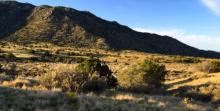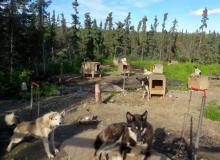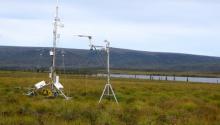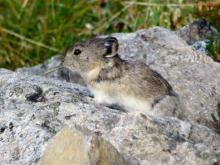Update
Now Archived! PolarConnect event with Karen Temple-Beamish and Marguerite Mauritz from Healy, Alaska. You can access this and other events on the PolarConnect Archives site: https://www.polartrec.com/polar-connect/archive
What Are They Doing?
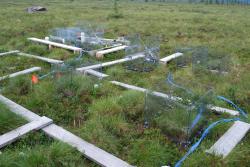
More information about the project can be found here: https://www2.nau.edu/schuurlab-p/index.html
Where Are They?

Latest Journals

Marguerite's research is focused on understanding how warmer temperatures and permafrost thaw will affect carbon losses from arctic tundra. Arctic permafrost soils store large amounts of carbon, which could be released to the atmosphere, in a warmer climate. We expect an increase in carbon losses as warmer conditions promote decomposition of carbon stored in permafrost soils. However, warming and thaw also promote plant growth, which can increase short-term carbon storage. The experiments at the Carbon in Permafrost Experimental Heating Research project (CiPEHR) were established in 2009 to disentangle these opposing factors, and gain a better understanding of arctic tundra carbon dynamics.

